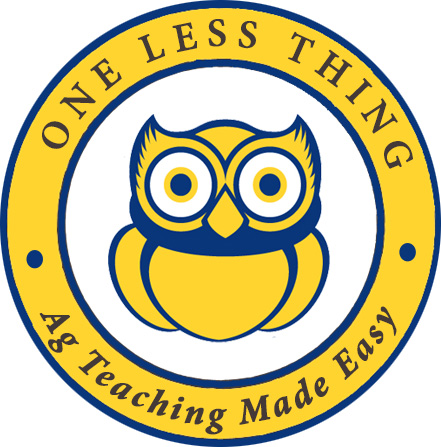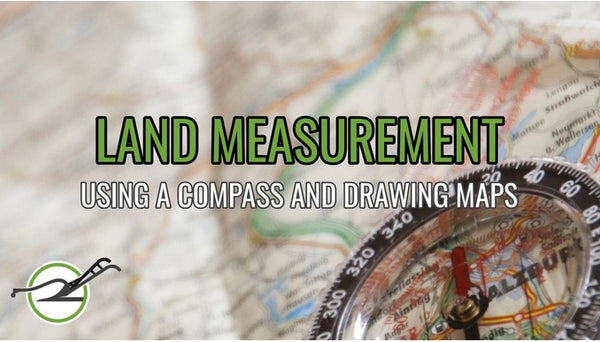5 Great Agronomy Activities to Extend the Value of Your School Garden
Whether you are just adding an agronomy unit to your Plant Science class or trying to come up with more activities related to Crop and Soil Science, here are a few great activities for your students to learn from. Your school garden doesn't just have to be about growing plants and harvesting the final product. Utilize the time from germination to final harvest to reinforce the various plant development processes that go on during their life cycle.
1. Whether you have the funds to purchase a fodder system or are handy enough to make one yourself, going through the fodder creation process is a great way to review the seed germination process as well as the importance of water and nutrients in the development of young plants.
courtesy of Southern High FFA
2. A great indoor activity is seed judging. Not every state offers that contest but the actual process is great for students to understand what the actual components of a seed look like, the signs of poorly developed seeds, any diseases they might have acquired during harvest, and overall likelihood of germination. You can even take a sample of the seeds: good, bad, and horrible and germinate them so that the students can visualize the importance of using viable seeds.
courtesy of Iroquois FFA
3. Pathogens are part of all organisms and agronomists know this better than most. Diseases and pests can turn a high yield crop into a disaster if they are not identified and managed early. Students need to know the tell tale signs of impending disease outbreaks and insect infestation.
courtesy of Kelsey Mussman
4. Whether you do it in the classroom or in a sample plot your Crop Science students grew, evaluating plant quality provides tremendous insight into how the inputs (or lack of inputs) effect the final plant product. In the picture below, hay judging is an easy way to practice this skill, but any plant crop can be used to complete this review. Your students can even track the timing and application of inputs among sample plots and determine if any variation in application effects long term plant growth.
courtesy of Heyworth FFA
5. The follow up application of crop judging is to go out and conduct yield checks. All the time spent learning how to differentiate the quality of plants can now be put to use evaluating sample plots.
courtesy of Carlton Ness
Maximize the value of your school garden. Give your students more hands on activities to review classwork and present it in a real world format that they can appreciate. We'd love to see your results. Send me some feedback and follow us on Pinterest and Twitter.
Have a great week at school!








